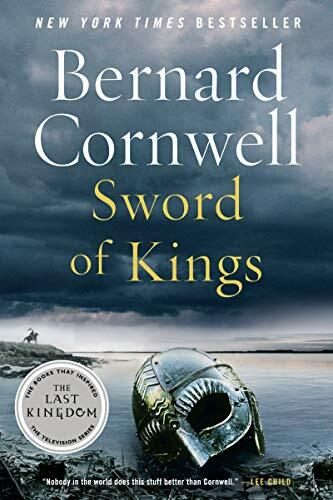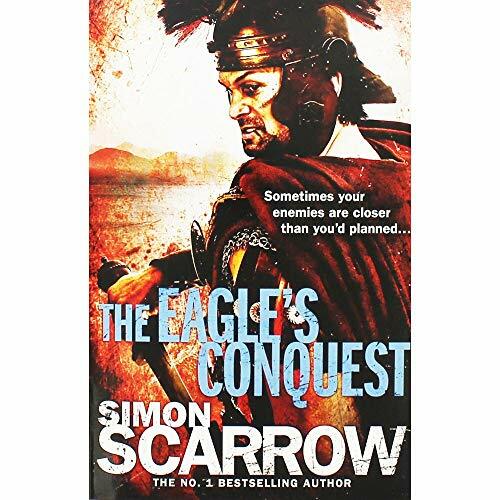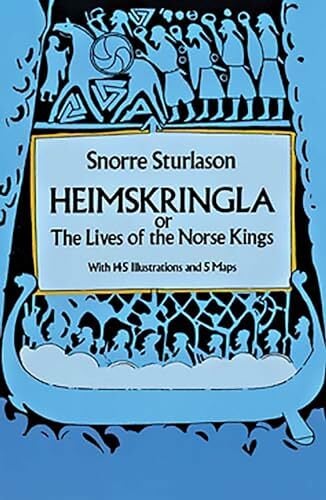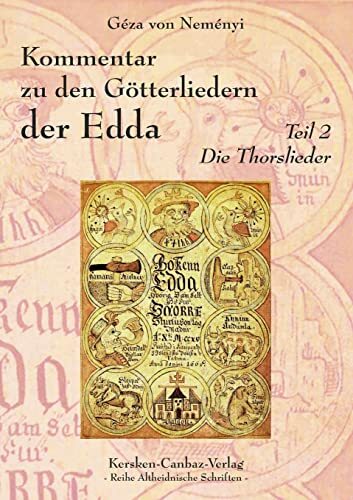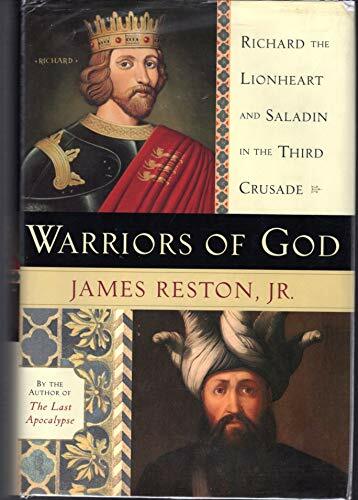
Viking Warrior vs Anglo-Saxon Warrior
Kurzinformation
inkl. MwSt. Versandinformationen
Artikel zZt. nicht lieferbar
Artikel zZt. nicht lieferbar

Beschreibung
In the two centuries before the Norman invasion of England, Anglo-Saxon and Viking forces clashed repeatedly in battle, with mixed success for both sides. After the Vikings defeated three out of the four great Anglo-Saxon kingdoms and came close to defeating the fourth in the 860s and 870s, they conquered and settled large areas of England. The surviving West Saxon kingdom in turn conquered the Viking settlements in England to create the first unified English kingdom in the mid-10th century, before a new wave of Viking raids led to the Danish conquest of England in 1016. Fifty years later a Norwegian army sought to conquer England again, under the leadership of the celebrated Viking warrior Harald Hard-Counsel. His defeat at Stamford Bridge in 1066 is often seen as the end of the Viking age in England. The two sides are seen as very different in popular perceptions, but how much are these differences based on fact, and how much on the bias of the surviving contemporary accounts and later historical traditions? And how far did the two sides learn from each other in the course of 200 years of conflict? Drawing upon historical accounts from both English and Scandinavian sources, and on archaeological evidence, Gareth Williams presents a detailed comparison of the weaponry, tactics, strategies and underlying military organization of the Anglo-Saxons and Vikings, and considers the developments which took place on both sides between the arrival of the Vikings' 'Great Raiding Army' in 865 and the battle of Stamford Bridge. von Williams, Gareth;
Produktdetails

So garantieren wir Dir zu jeder Zeit Premiumqualität.
Über den Autor

- paperback
- 104 Seiten
- Erschienen 2007
- IDW Publishing
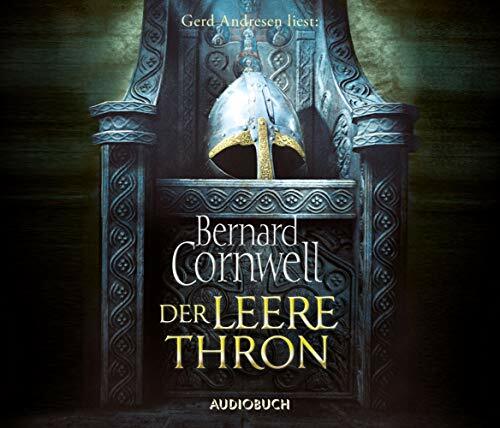
- Audio-CD -
- Erschienen 2015
- steinbach sprechende bücher

- paperback
- 171 Seiten
- aare

- Gebunden
- 272 Seiten
- Erschienen 2022
- Panini Verlags GmbH

- Gebunden
- 196 Seiten
- Erschienen 2021
- Edition Roter Drache















